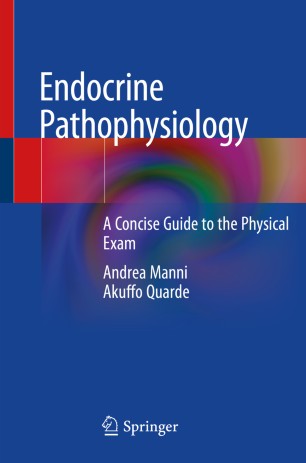

Most ebook files are in PDF format, so you can easily read them using various software such as Foxit Reader or directly on the Google Chrome browser.
Some ebook files are released by publishers in other formats such as .awz, .mobi, .epub, .fb2, etc. You may need to install specific software to read these formats on mobile/PC, such as Calibre.
Please read the tutorial at this link: https://ebookbell.com/faq
We offer FREE conversion to the popular formats you request; however, this may take some time. Therefore, right after payment, please email us, and we will try to provide the service as quickly as possible.
For some exceptional file formats or broken links (if any), please refrain from opening any disputes. Instead, email us first, and we will try to assist within a maximum of 6 hours.
EbookBell Team

5.0
58 reviewsThis practical guide presents a concise approach to exploring endocrine pathophysiology through the physical exam, emphasizing common clinical signs in endocrinology that can be elicited through inspection, palpation, percussion or auscultation. The established and proposed mechanisms underlying these physical signs are highlighted, allowing students, residents and trainees to better appreciate endocrine pathophysiology at the bedside.
The text is organized sensibly to facilitate quick and efficient review by medical trainees. Major diseases in endocrinology are grouped by organ systems - pituitary, thyroid, adrenal, and so on. Specific physical examination findings in each primary endocrine disease are reviewed and grouped under the categories of clinical features and pathophysiology, followed by related clinical and pathophysiology pearls. A brief description of the clinical finding is followed by a summary of the pathophysiologic mechanisms underlying the stated clinical finding. Relevant normal physiology and pathophysiology are reviewed where applicable, to facilitate learning.
There are numerous texts on the pathophysiologic basis of diagnostic and laboratory findings in endocrinology. There is, however, no dedicated text to address questions that might be asked by trainees. Endocrine Pathophysiology satisfies this need in the literature.